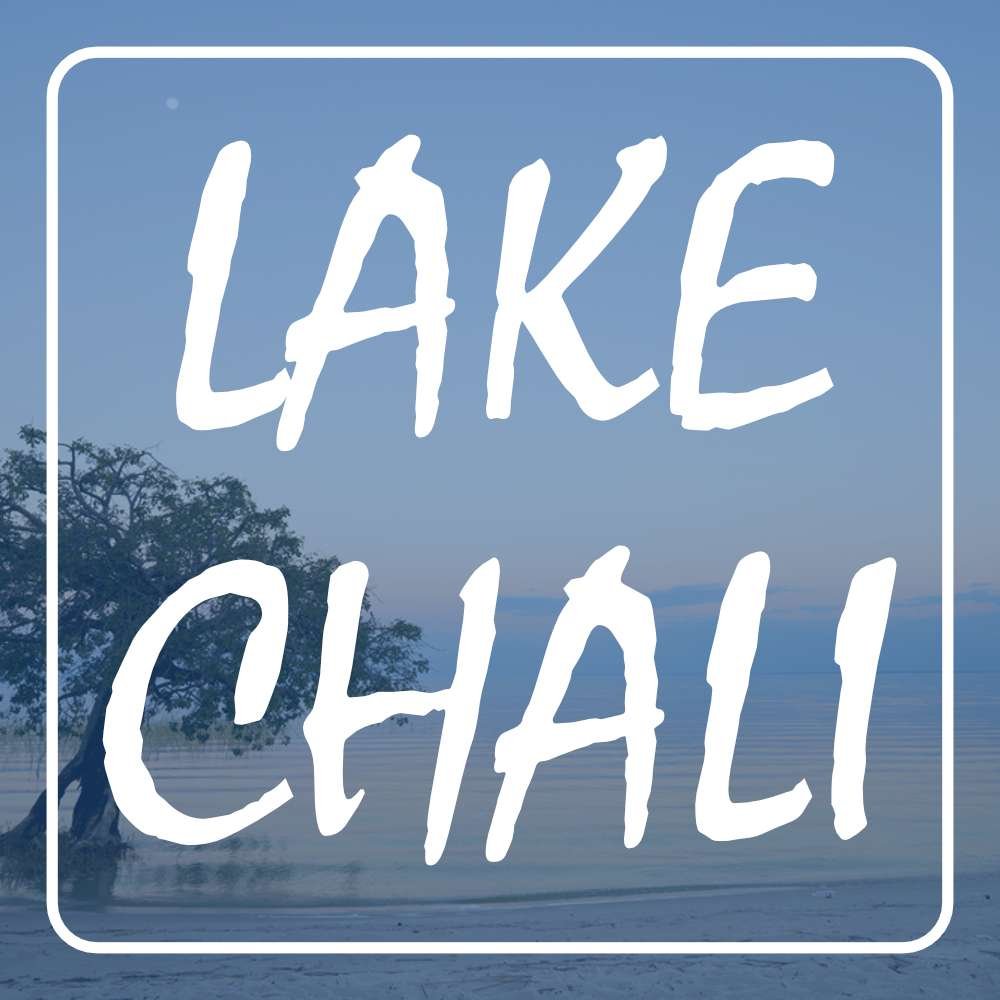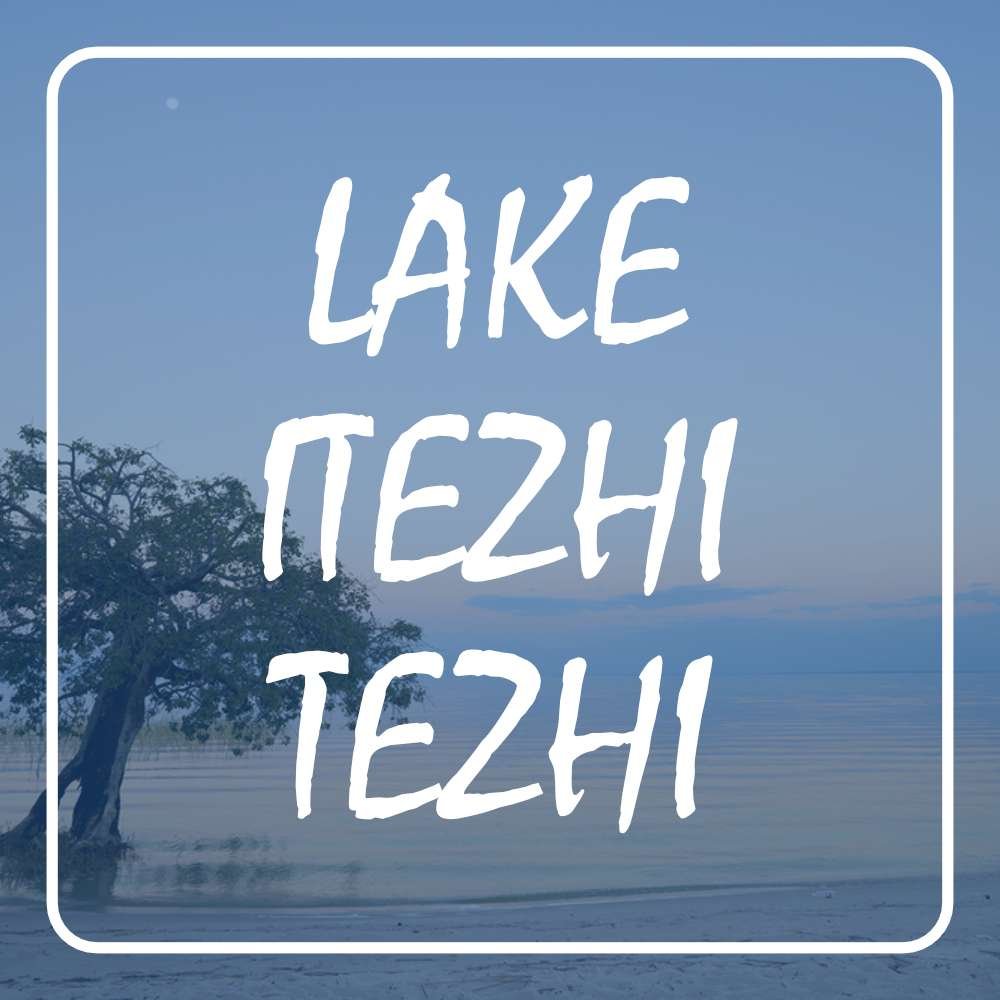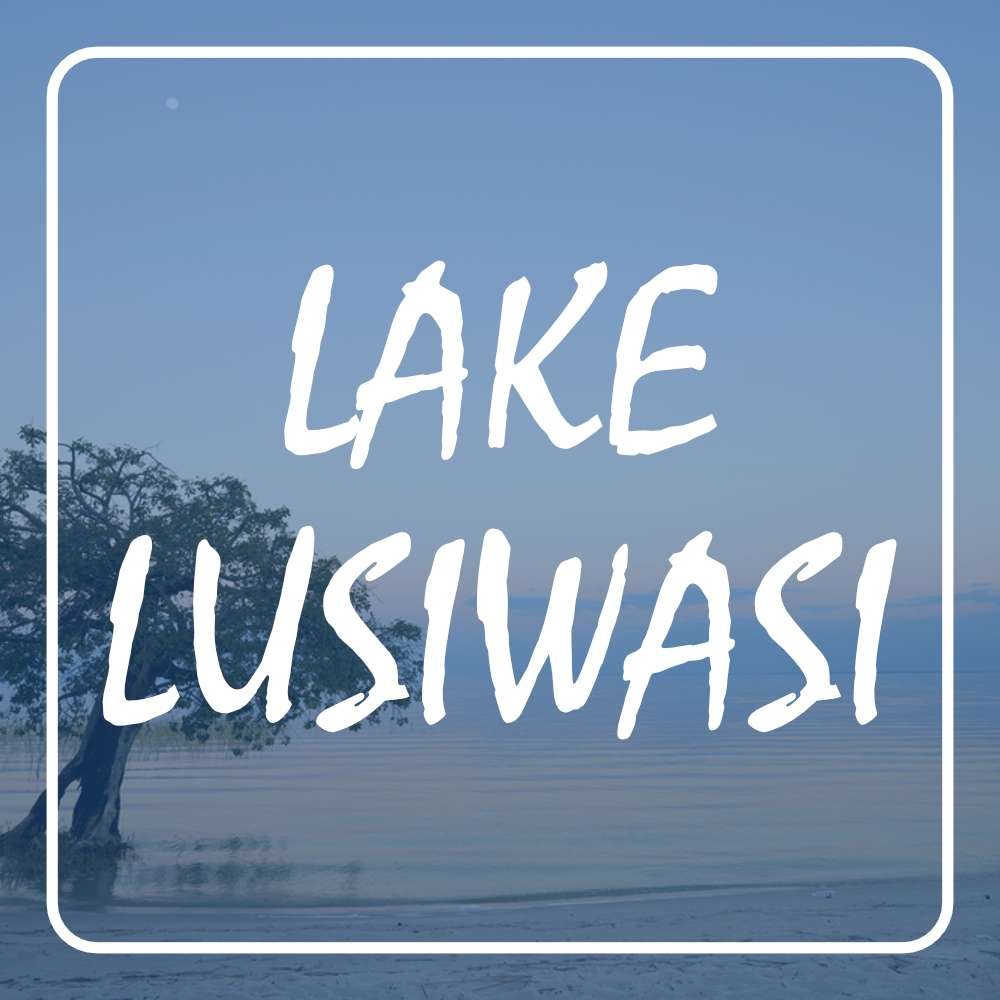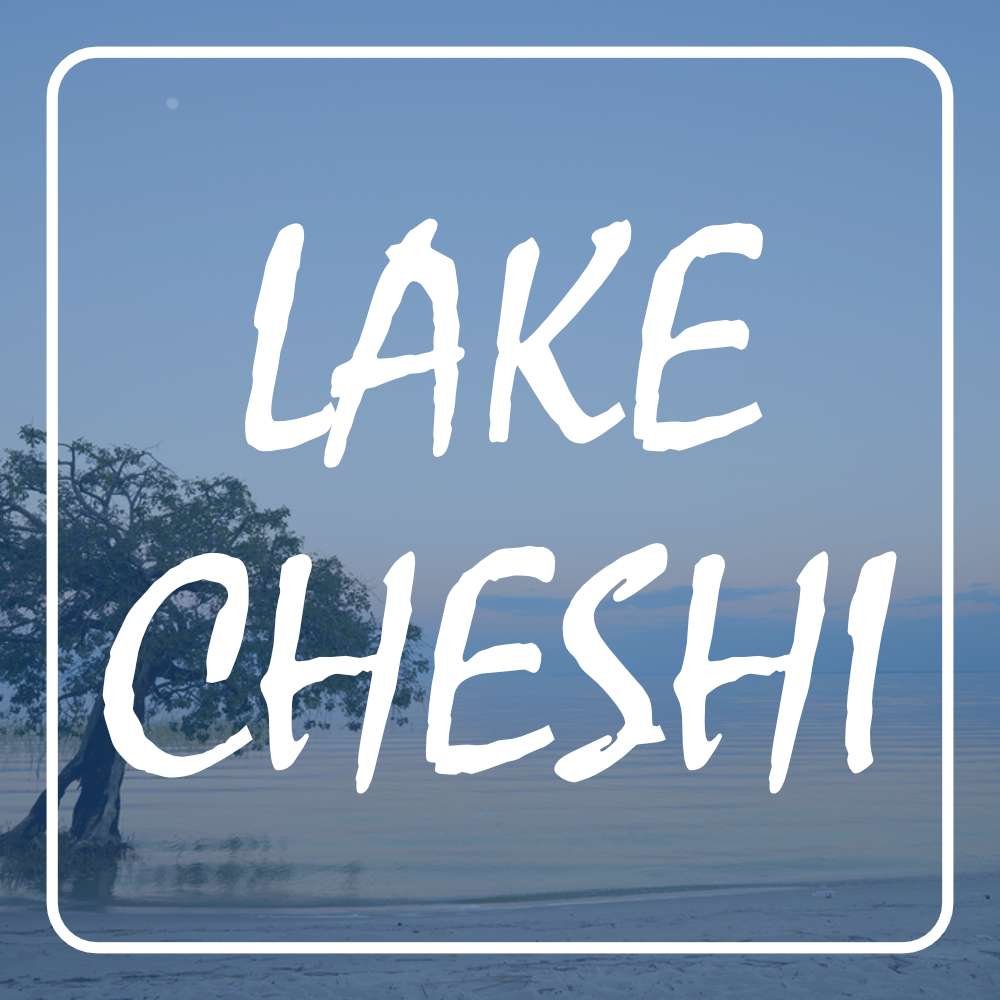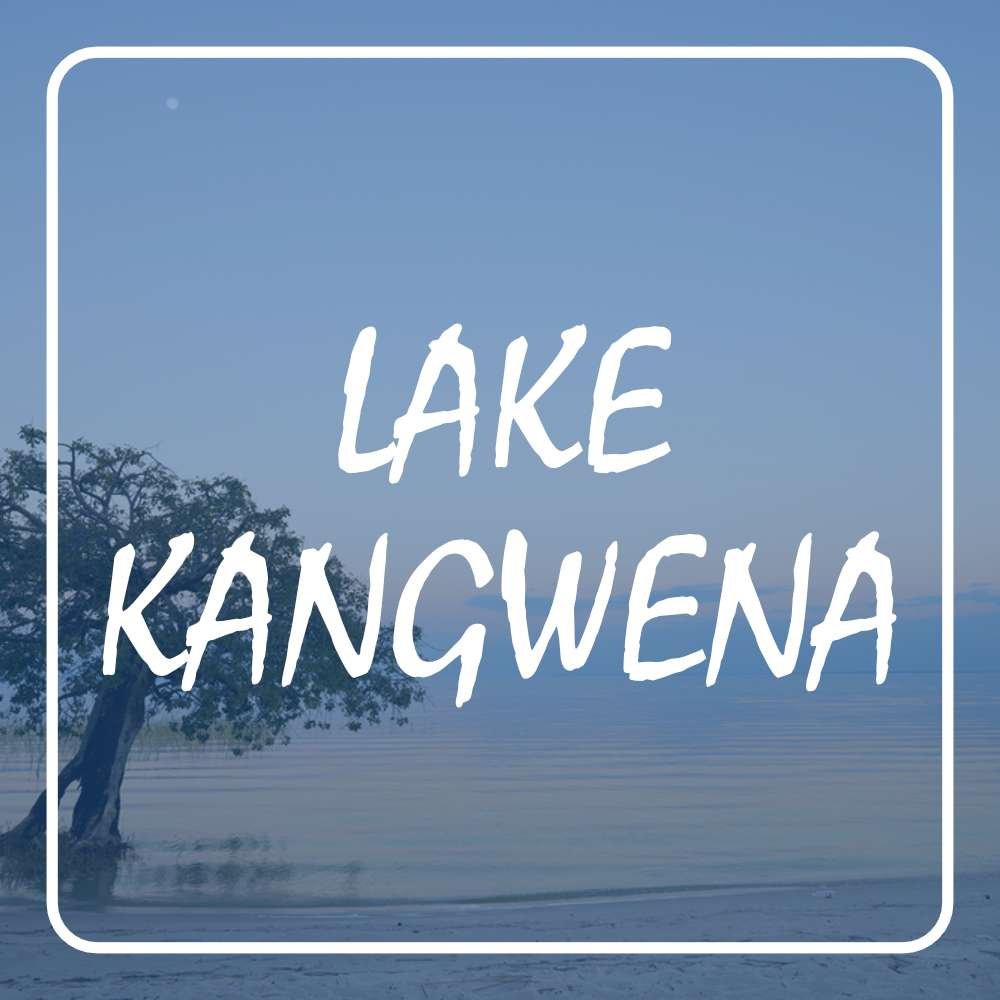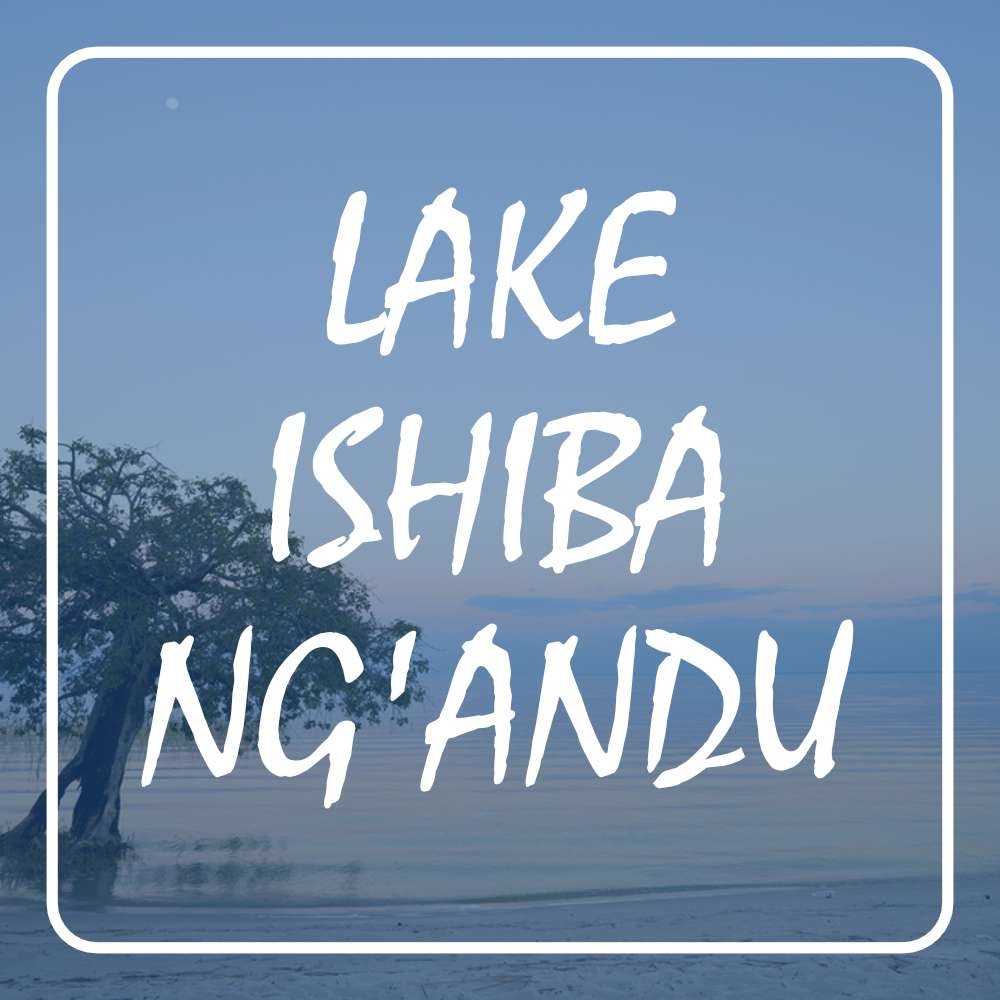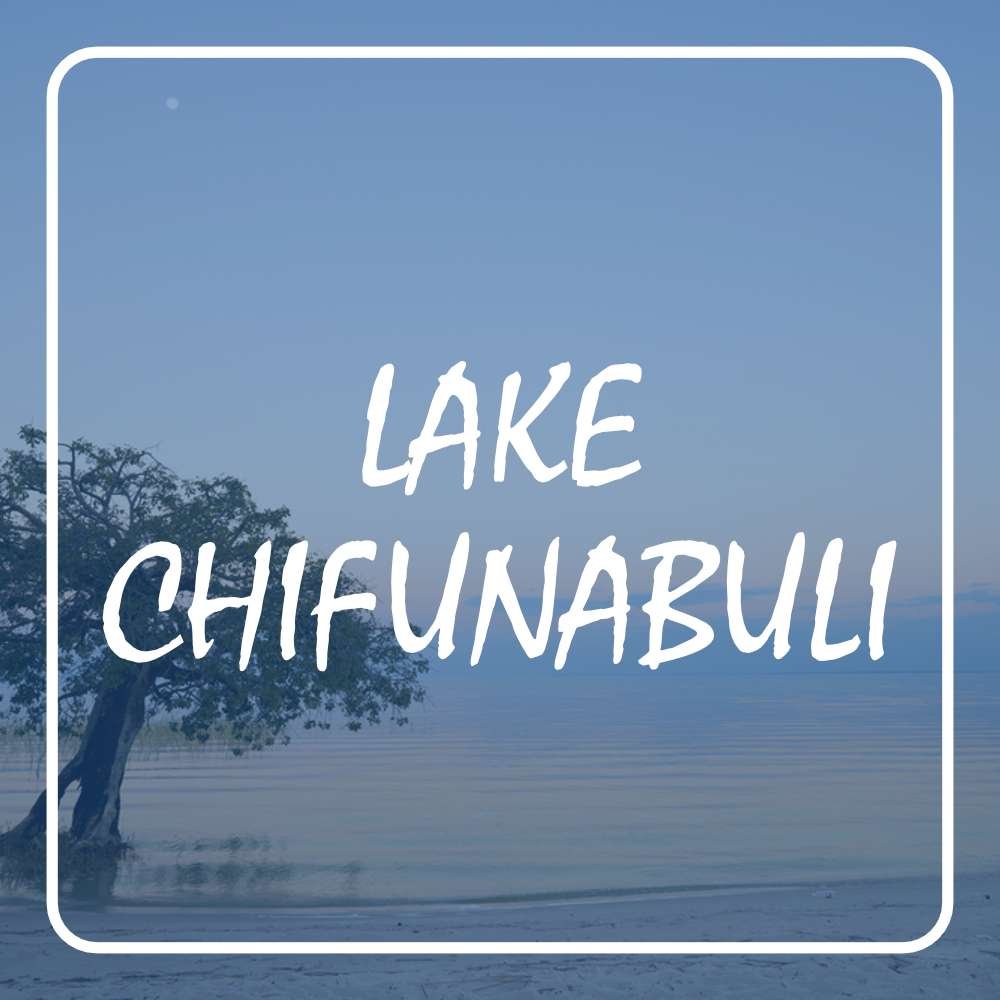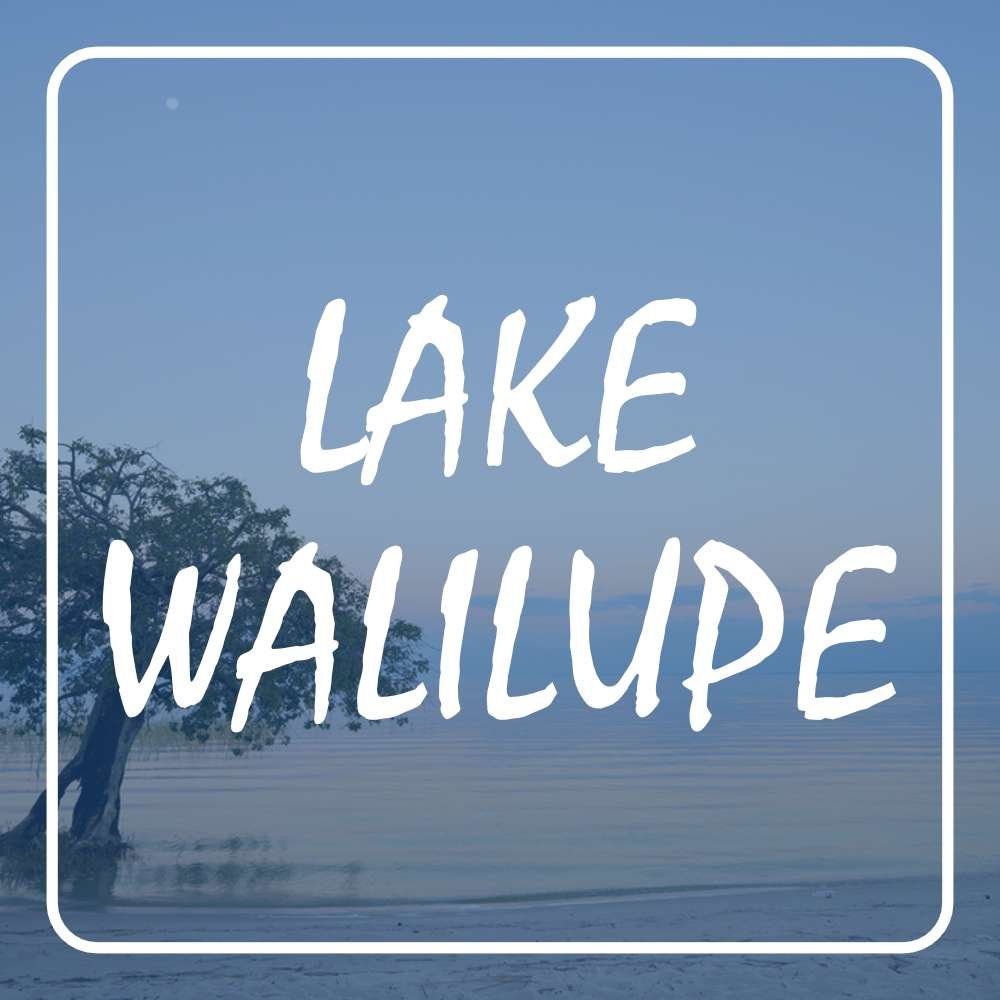Lake Mweru
( Lake Mwelo, Lake Mwero )
- Lake Type: Freshwater Lake, Rift Valley Lake
- Coordinates: 9°00′S 28°43′E
- Volume: 38.2 km3
- Surface Area: 5120 km2
- Max Length: 131 km
- Max Width: 56 km
- Avg. Depth: 7.5 m
- Max Depth: 27 m
- Surface Elevation: 917 m
- Inflow: Luapula river, kalungwishi river
- Outflow: luvua river
- Islands: Kilwa island, Isokwe Island
- District(s): Nchelenge, Mununga, Chieng
- Province(s): Luapula
- Countries: Zambia, Democratic Republic of Congo
Share:
General Information
Lake Mweru is a major freshwater and rift-valley lake in between Luapula province, Zambia and Congo. The name Mweru means, “Lake” in several Bantu languages.
Mweru is mainly fed by the Luapula River, which comes in through swamps from the south, and the Kalungwishi River from the east. Mweru is shallow in the south and deeper in the north.
Fishery
Mweru has always been noted for its longfin tilapia, (Oreochromis macrochir) called pale (‘pa-lay’) in Chibemba which traditionally were dried on racks or mats in the sun and packed in baskets for market. (Smoking and salting fish are more recent processes in the area). Catfish (one species of which grows up to 2 metres (6 ft 7 in) in length), a kind of carp, tigerfish, elephantfish and sardine-like fish are also caught.
In recent decades the catch has declined due to over-fishing and is estimated at 13,000 tonnes caught from 4,500 small craft, mainly plank boats. Congolese fishermen catch the most despite having a slightly smaller share of the waters. The Tilapia are caught by gill nets, and do not reach the size they once did. Since the 1980s, ‘chisense’ fishing increased. This method is used to catch small pelagic fish called kapenta, originally from beaches but now using lights on boats at night to attract the fish which are then scooped up in fine nets
Wildlife & Birdlife
Due to Lack of access in the past, a lack of wildlife conservation, and wars in DR Congo between 1996 and 2003, the area has been undeveloped for tourism despite being regarded as “truly beautiful”.
60 years ago the western and northern shores of the lake were home to large herds of elephant, the Luapula floodplain supported herds of lechwe, and the Lusenga Plain National Park and Mweru Wantipa National Park were noted for Cape buffalo, a great variety of antelope and lion. Most animal populations have been reduced by hunting, loss of habitat, and poaching. On the Zambian side perhaps only Mweru Wantipa National Park has tourism potential. On the Congolese side the Parc National de Kundelungu in the mountains 75 kilometres south-west of the lake may be in better condition.
Protected Areas
Local Legends
No donation to this project yet.
| M | T | W | T | F | S | S |
|---|---|---|---|---|---|---|
| 1 | 2 | 3 | 4 | 5 | 6 | 7 |
| 8 | 9 | 10 | 11 | 12 | 13 | 14 |
| 15 | 16 | 17 | 18 | 19 | 20 | 21 |
| 22 | 23 | 24 | 25 | 26 | 27 | 28 |
| 29 | 30 | 31 | ||||



